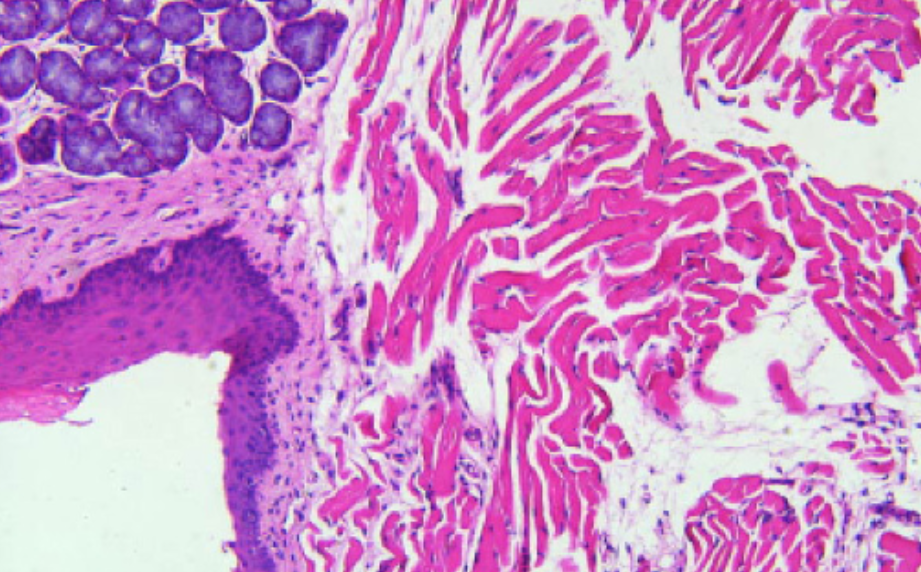Mechanism of adipose tissue-derived stromal cell-extracellular vesicles in treating oral submucous fibrosis by blocking the TGF-β1/Smad3 pathway via the miR-760-3p/IGF1R axis
DOI:
https://doi.org/10.17305/bb.2023.9944Keywords:
Adipose tissue-derived stromal cells (ADSCs), extracellular vesicles (EVs), fibrotic buccal mucosal fibroblasts (fBMFs), insulin-like growth factor 1 receptor (IGF1R), miR-760-3p, oral submucous fibrosis (OSF), TGF-β1/Smad3Abstract
Oral submucous fibrosis (OSF) is a prevalent chronic condition, and understanding its pathogenesis is crucial for developing effective therapeutic strategies. This study explores the potential of adipose tissue-derived stromal cell-extracellular vesicles (ADSC-EVs) in mitigating OSF and investigates the underlying molecular mechanisms. OSF was induced in mice by arecoline feeding. Adipose tissue-derived stromal cells (ADSCs), fibrotic buccal mucosal fibroblasts (fBMFs) isolated from OSF mice, and ADSC-EVs were comprehensively characterized. The treatment effects of extracellular vesicles (EVs) and pcDNA3.1-IGF1R on fBMF proliferation, migration, and invasion were assessed using Cell Counting Kit-8 (CCK-8) assay, transwell assay, and flow cytometry assay. The expression levels of alpha-smooth muscle actin (α-SMA), collagen I, collagen III, and insulin-like growth factor 1 receptor (IGF1R) were evaluated by reverse transcription-quantitative polymerase chain reaction (RT-qPCR) and western blot. The interaction between miR-760-3p and IGF1R was investigated. In fBMFs and OSF mice treated with a miR-760-3p inhibitor and/or EVs, the expression patterns of miR-760-3p, IGF1R, and proteins related to the TGF-β1/Smad3 pathway were determined. ADSC-EVs demonstrated the ability to upregulate miR-760-3p, impede cell proliferation, migration, and invasion, and reduce α-SMA, collagen I, and collagen III levels in fBMFs. The expression of miR-760-3p was diminished in ADSC-EVs treated with a miR-760-3p inhibitor. However, silencing miR-760-3p or overexpressing IGF1R partially counteracted the beneficial effects of ADSC-EVs on fBMF fibrosis. miR-760-3p directly targets IGF1R. Significantly, ADSC-EVs exert their suppressive effects on the TGF-β1/Smad3 pathway through the miR-760-3p/IGF1R axis. In summary, ADSC-EVs, by transferring miR-760-3p and inhibiting IGF1R expression, effectively block the TGF-β1/Smad3 pathway, thereby alleviating fibrosis in fBMFs and preventing the progression of OSF.
Citations
Downloads

Downloads
Published
Issue
Section
Categories
License
Copyright (c) 2023 Yanjun Jiang

This work is licensed under a Creative Commons Attribution 4.0 International License.
How to Cite
Accepted 2023-11-25
Published 2023-12-04









